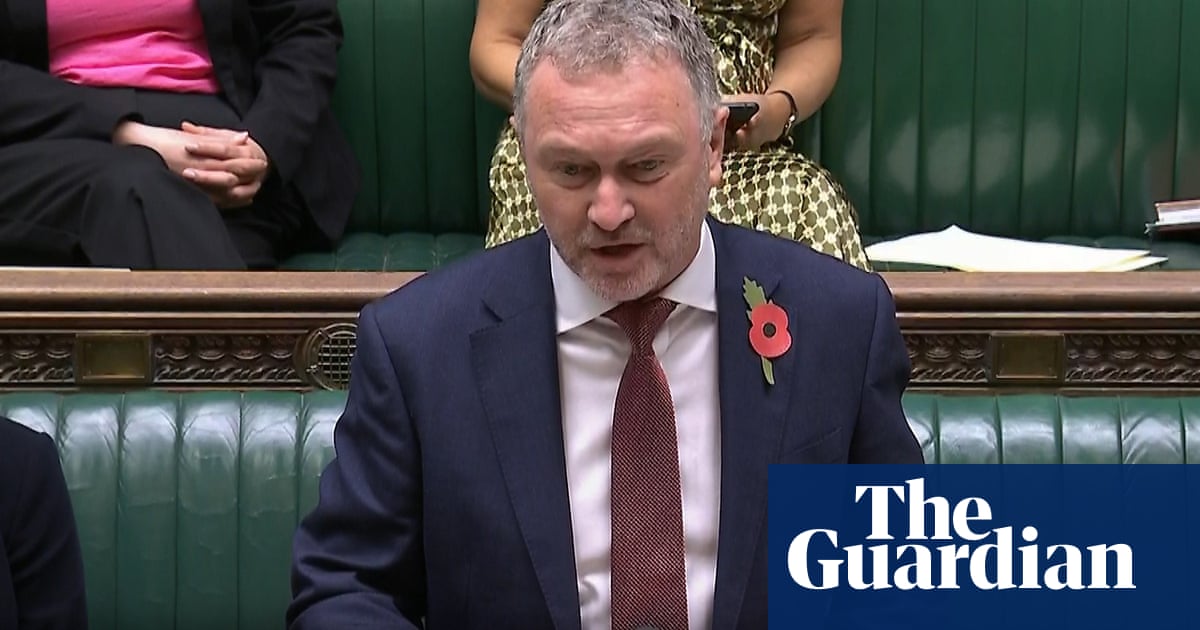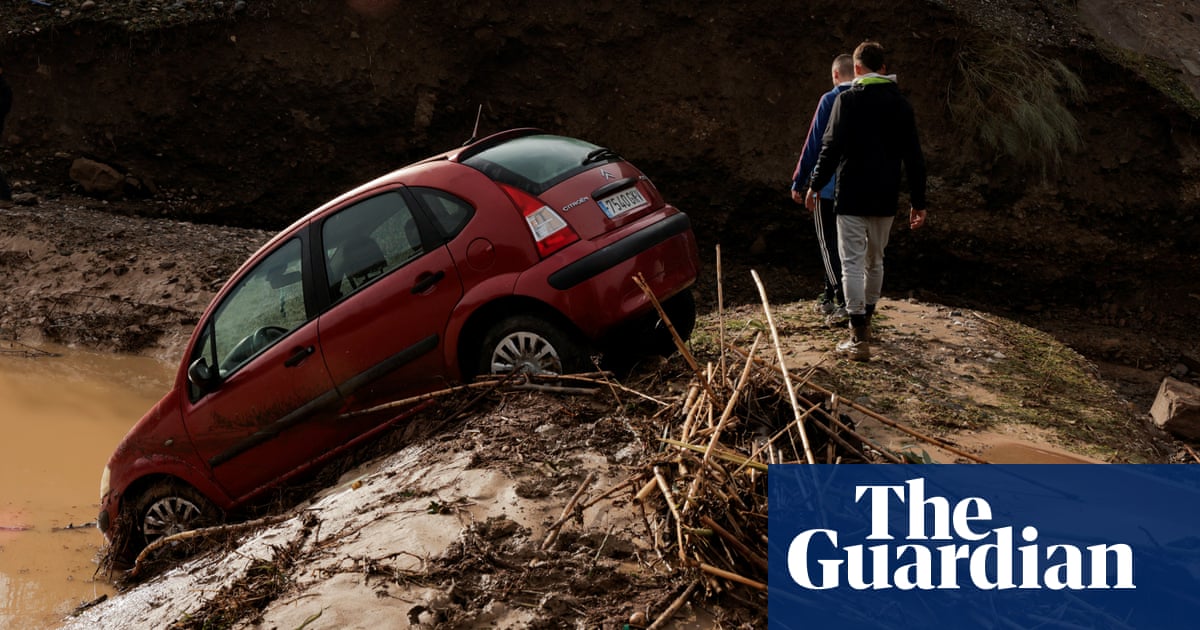As the Hungarian prime minister, Viktor Orbán, finished a speech to the European parliament, the Italian MEP Ilaria Salis rose from her seat and with about a dozen other leftwing colleagues belted out the anti-fascist anthem Bella Ciao.
Until May, Salis had been held in pre-trial detention in a Hungarian prison following her arrest on charges of assault in February last year at a counter-protest to a neo-Nazi rally in Budapest. She was then freed and allowed to return to Italy in June, after her election that month to the European parliament.
After her response to Orbánâs speech on 9 October, representatives of his Fidesz party said their government had formally requested the withdrawal of Salisâs parliamentary immunity in order to have her returned to prison in Hungary.
âI was expecting it,â Salis told the Guardian in an interview. âIt was evident that they would do everything they could to send me back to prison. At stake is their credibility and my election as a member of the European parliament has certainly caught them off-guard and embarrassed them.
âThey have not digested the fact that I was elected. They have not digested the fact that I received 178,000 votes. They have not digested the fact that, at least so far, anti-fascism and human rights have prevailed.â
The case of Salis, 40, a teacher from Monza near Milan, sparked diplomatic protests and anger in Italy after she was brought to court in Hungary in chains at the start of the year, her hands cuffed and feet locked together, to hear the charges against her of three counts of attempted assault and membership of an extreme leftwing organisation. She denied the charges, which carried a jail term of up to 11 years.
In a letter to her lawyer, Salis, who was held in detention for nearly a year before her first court appearance, described cells infested with rats and bugs, and said she was not allowed to wash for days at a time, or given urgent medical care. Her candidacy for the Greens and Left Alliance in Italy was intended to give her immunity from prosecution, and she won a seat in the EU parliament just weeks after she was freed from jail to house arrest at the beginning of her trial.
âMy case is not just a judicial matter,â she said. âIt is a political case. Orbán is losing support, both in Europe and in Hungary. My situation is just one of his strategies to continue his propaganda in his country. Moreover, my case can also be easily exploited in Europe. During the first plenary session, a member of the Patriotsâ group, referring to me, said in parliament âthere is a woman who goes around with a hammer hitting people,â which is absolutely false, and even requested that my staff and I be searched.â
Salis had been the target of numerous death threats from far-right militant groups following her arrest. As a far-right march commemorating Nazi forces in the second world war passed through Budapest last February, a mural was painted on a wall imagining the death by hanging of Salis, while on Telegram channels, neo-Nazis said they wanted to put her in a wheelchair.
âThreats and insults have now become the norm on social media,â said Salis. âBut what hurt me the most was a post by the European parliament group, Patriots for Europe, where they wrote about me: âDoes Salis seriously think that justice will not catch up with her? Does she think she will always be protected? There will come a time when she will be very alone. Itâs hard to say whatâs worse, that moment or the anticipation before it.â What shocked me was that the post was not written by just any social media user, but by a democratically elected political group in the European parliament.â
Salisâs case is potentially embarrassing for Giorgia Meloni, the Italian prime minister, as she and the deputy prime minister, Matteo Salvini, have close ties with Orbán.
âI only hope that the Italian government supports me as one of their citizens and defends the rule of law,â Salis said. âI do not want to evade the trial. I just want a fair trial. In Hungary, there are no such conditions. Orbán has already condemned me, speaks of me as guilty, even though we have not yet reached a verdict, not to mention the fact that in Hungary I face a 24-year prison sentence in a country with several pending human rights violations.
âMyself and the Italian government will never be friends, as our ideas are diametrically opposed. All I ask is to be treated without prejudice, and fairly, like any Italian citizen.â
The Hungarian parliamentariansâ request to revoke Salisâs immunity has already been communicated to the president of the European parliament, Roberta Metsola. The request will then be announced in parliament and referred to the relevant committee.
The process before reaching the final vote in parliament could take up to four months. âI only hope that my colleagues who will be called to vote, do so thinking first and foremost not about being right wing or left wing, but being aware that at stake is the rule of law, the credibility of the European Union, and the very values for which it was founded, those of anti-fascism,â Salis said.
âAs far as I am concerned, I have nothing left but to continue fighting.â









